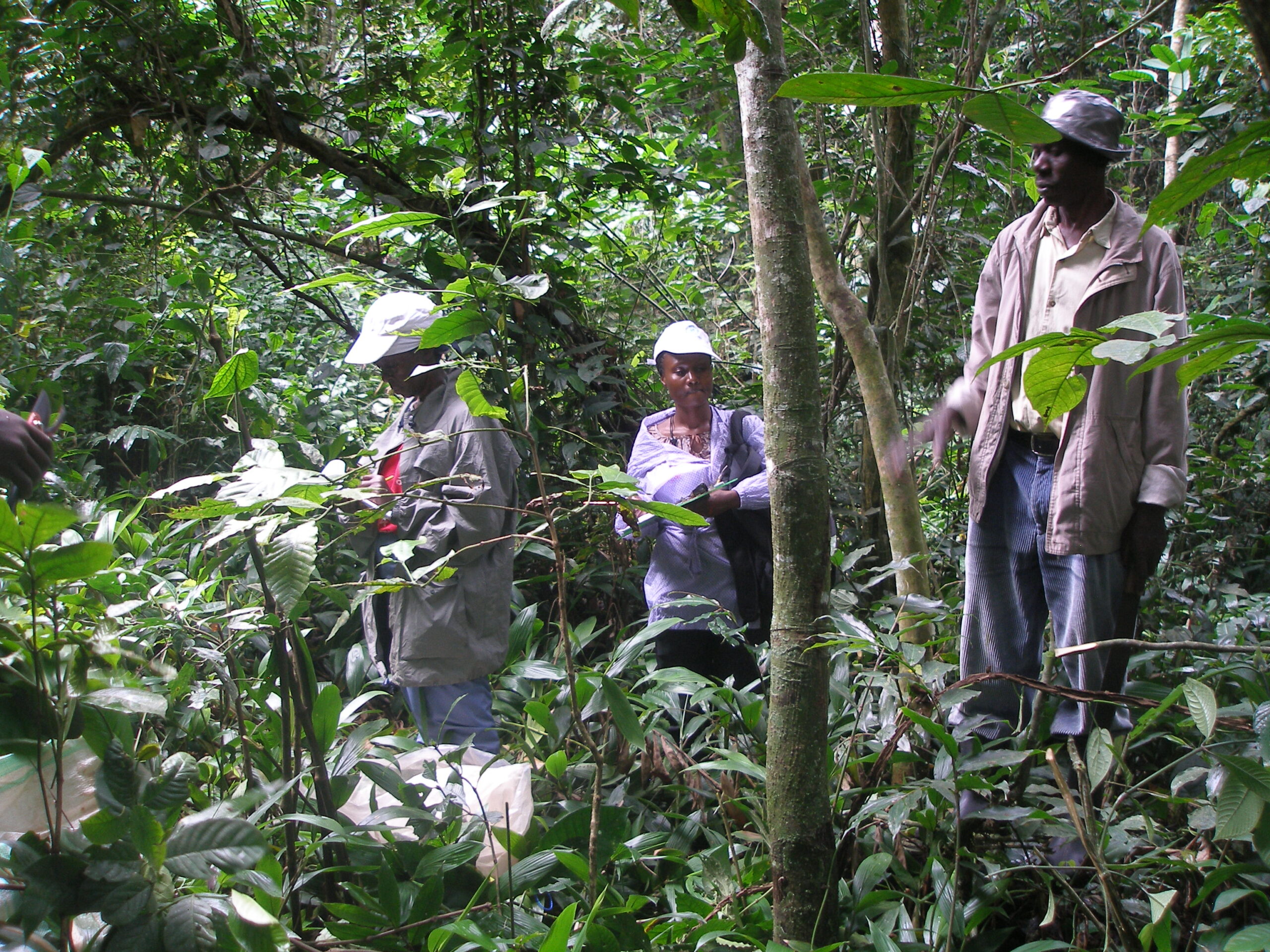These wild robusta-breeds may allow the development of drought-resistant coffee types.
After Ethiopia, Uganda is Africa’s leading coffee producer. But, the mainly small-scale farmers are impacted by climate change, rising temperatures and dry spells. This leaves the Ugandese coffee sector vulnerable. Thus, WUR scientists and their Ugandese and French colleagues searched for wild coffee plants in Uganda. The Zoka forest in north-west Uganda, in particular, appeared to be a reservoir of genetic variation in wild robusta varieties.
Water shortage
Kiwuka studied these populations for drought stress in a screening test in which she exposed 148 wild and cultivated varieties to wet and dry conditions. The effect of water shortage on the leaf growth differed significantly between the genetic groups. The plants that showed the least response to a high or low level of precipitation were the most drought-resistant. These wild varieties are suited for the breeding of drought-resistant coffee plants.
Deforestation
The research group also established that the wild robusta-varieties in Uganda were of a similar quality to arabica, the most consumed type of coffee. The fact that these wild coffee plants are threatened by deforestation is concerning. The Zoka forest in north-western Uganda, where the most valuable wild coffee plants were found, has been decimated to just ten square kilometres. Protecting the forests containing wild coffee varieties is of the utmost importance, researchers state.
Heatwaves
Coffee plants are very sensitive to climate change. Estimates suggest that the increasing drought, heatwaves and diseases could slash the global coffee production in half. Finding drought-resistant wild coffee plants is a way to address this issue. But, this requires those plants to actually exist, Kiwuke states. She defended her PhD on 19 October under Niels Anten, professor of Crop and Weed Ecology.

 Catherine Kiwuka during her research. Photo: Catherine Kiwuka.
Catherine Kiwuka during her research. Photo: Catherine Kiwuka. 
![[The Proposition] ‘Climate-smart agriculture as a scientific field is a typical example of neocolonial science’](https://www.resource-online.nl/app/uploads/2024/02/DeStelling_online_UK_1811.png)
